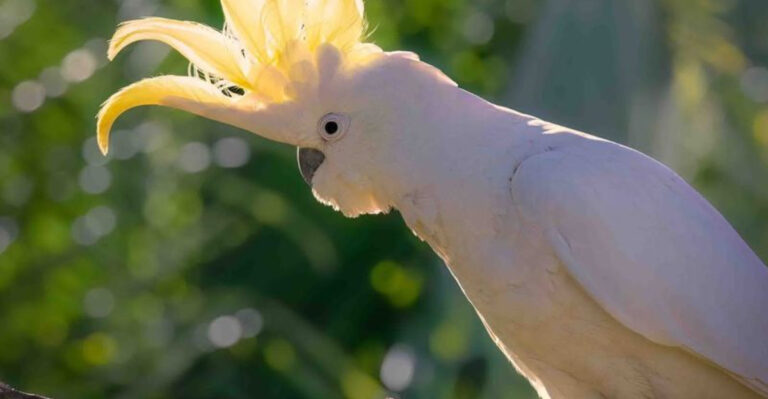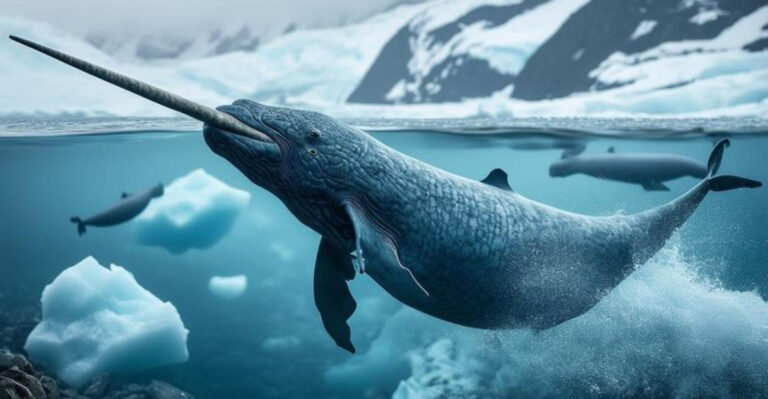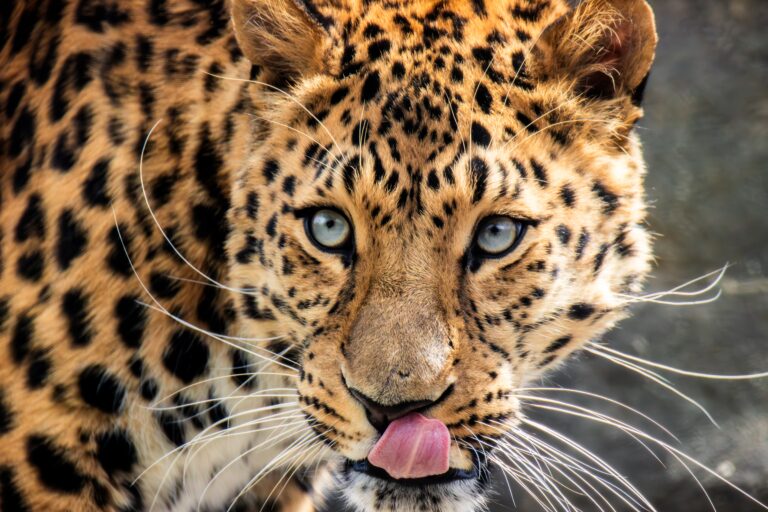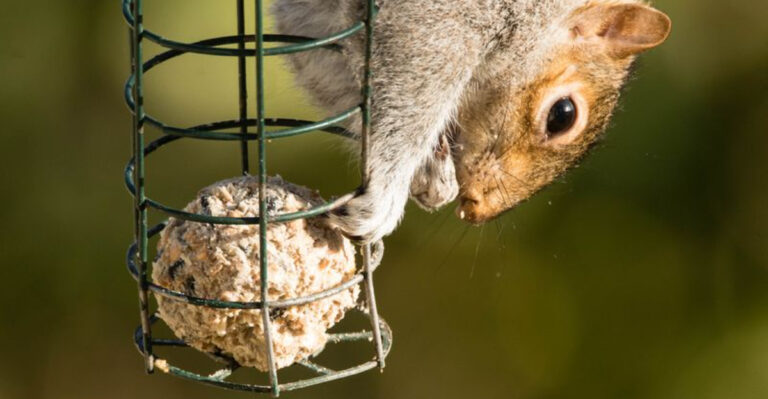The Top U.S. States Struggling To Protect Endangered Reptiles
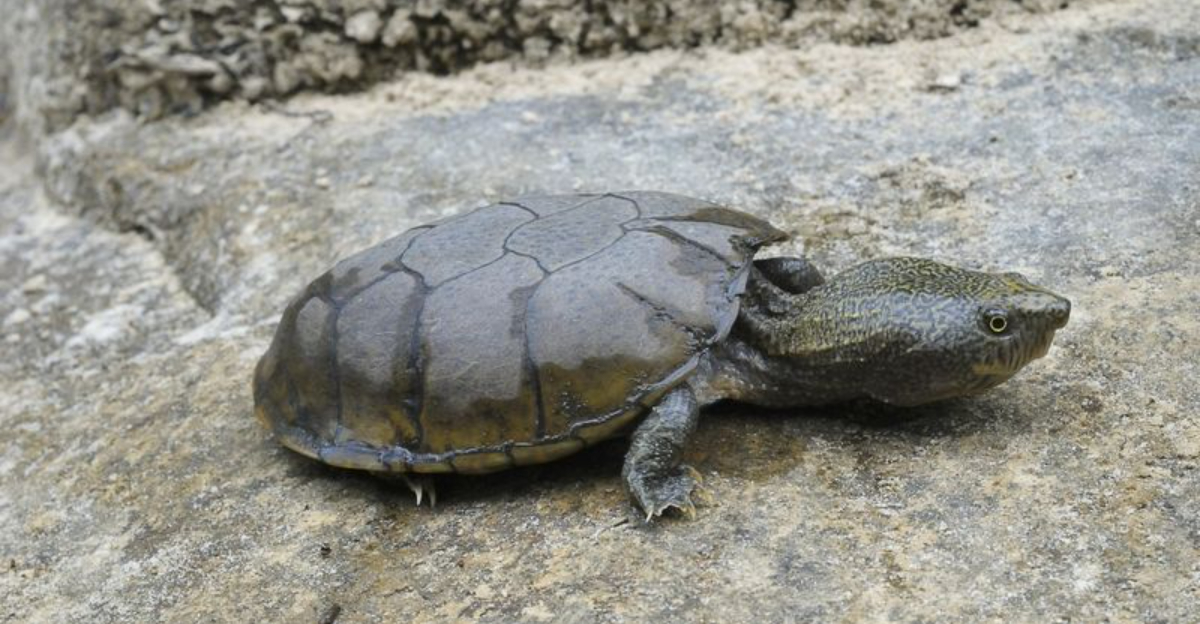
America’s reptiles face growing threats from human activity and climate change. From iconic sea turtles to rare desert tortoises, these cold-blooded creatures are vanishing at alarming rates across the country.
Let’s explore which states are having the toughest time protecting their scaly residents and what challenges they’re facing in conservation efforts.
1. Florida

The Sunshine State’s rapid coastal development is squeezing Eastern Indigo Snakes into ever-shrinking habitats. These glossy black serpents, North America’s longest native snake, have lost over 60% of their historic range.
Meanwhile, invasive Burmese pythons devour native species in the Everglades, and rising sea levels threaten critical nesting beaches for endangered Green Sea Turtles.
2. Texas
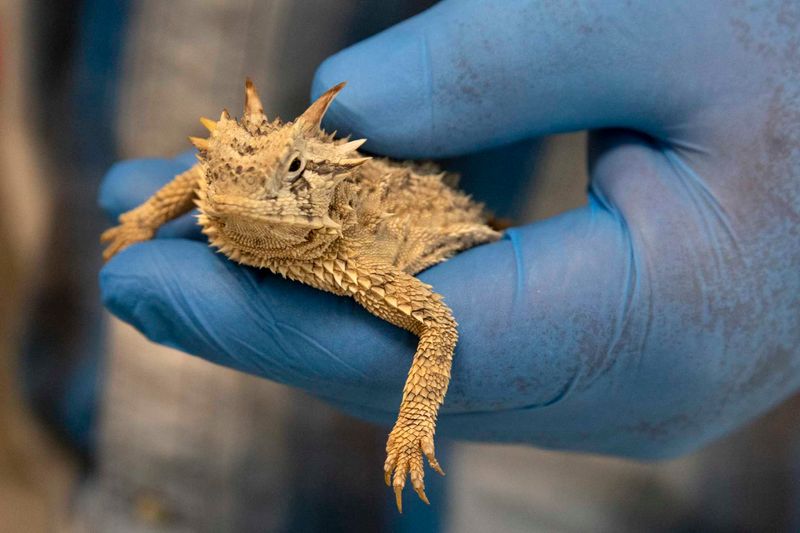
Once abundant across Texas, the beloved Texas Horned Lizard has disappeared from nearly half its range. These spiky reptiles, affectionately called “horny toads,” suffer as their primary food source—harvester ants—are eliminated by pesticides.
Oil drilling fragments crucial habitats, while climate change intensifies droughts in their arid ecosystems.
3. California
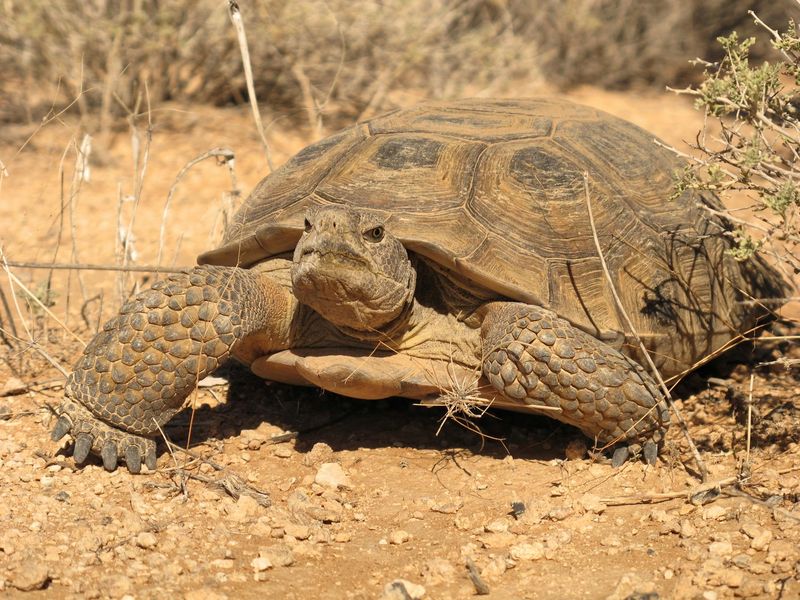
Desert Tortoises trudge through California’s Mojave Desert, their population plummeting by 90% since the 1980s. Solar energy development, ironically, damages their fragile habitat while trying to solve climate issues.
Agricultural expansion in the Central Valley has nearly wiped out the Blunt-nosed Leopard Lizard, leaving them clinging to existence in isolated patches.
4. Arizona
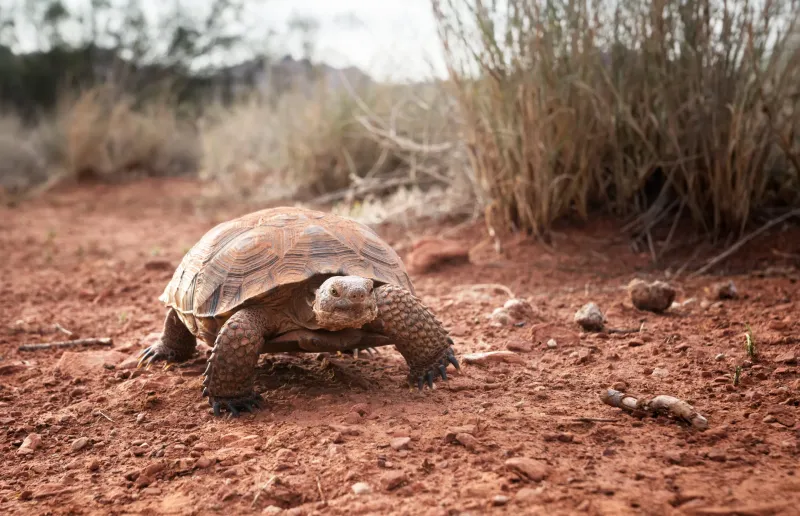
Copper mining operations scar the Arizona landscape, destroying crucial habitat for the Sonoran Desert Tortoise. These ancient creatures, who can live over 80 years, find their burrows collapsed and food sources eliminated.
The rare Arizona Ridge-nosed Rattlesnake faces additional pressure from poachers who collect them illegally for the exotic pet trade.
5. Georgia
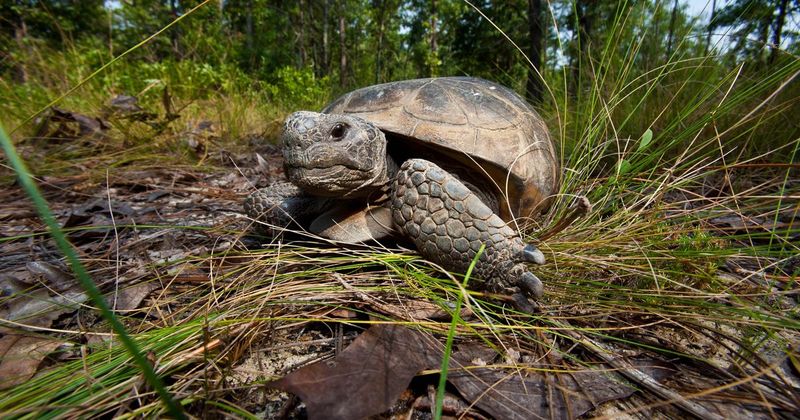
Georgia’s state reptile, the Gopher Tortoise, creates burrows that shelter over 350 other species. Yet these ecosystem engineers are losing ground to timber harvesting and suburban sprawl.
Their underground homes are simply bulldozed for new housing developments. Eastern Indigo Snakes, which depend on tortoise burrows for shelter, suffer collateral damage from this habitat destruction.
6. Alabama
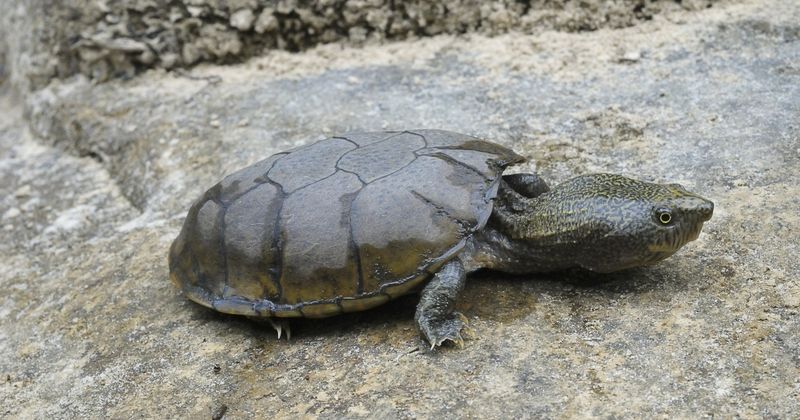
Alabama’s rivers—once teeming with the highest turtle diversity in North America—now struggle with industrial runoff. The critically endangered Flattened Musk Turtle, found nowhere else on Earth, clings to existence in just a few clean streams.
Dam construction alters water flow patterns, while agricultural chemicals poison the aquatic habitats these specialized reptiles need.
7. North Carolina

Carolina Diamondback Terrapins face a gauntlet of threats along North Carolina’s rapidly developing coastline. These brackish-water specialists get trapped in crab pots and drown, while their salt marsh habitats are drained for vacation homes.
Female terrapins seeking nesting beaches often become roadkill on busy coastal highways that fragment their wetland homes.
8. Louisiana
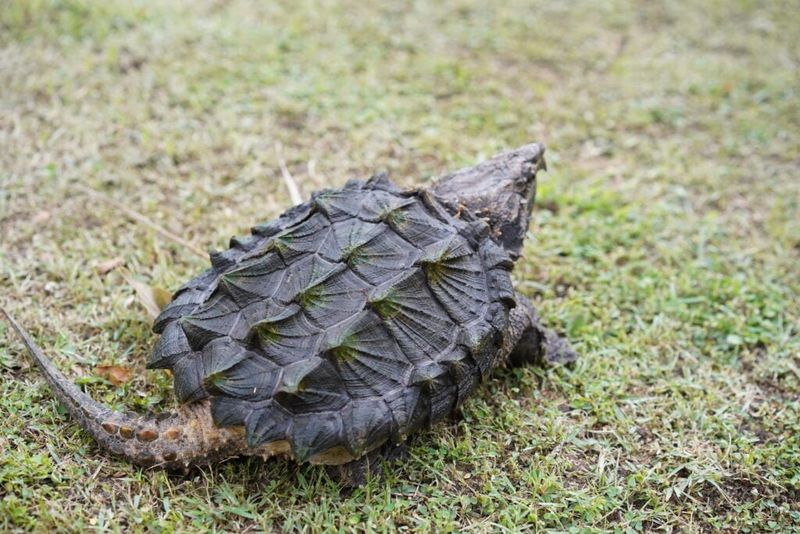
The prehistoric-looking Alligator Snapping Turtle lurks in Louisiana’s murky bayous, but commercial fishing has decimated their numbers. These massive turtles, which can exceed 200 pounds, were once harvested for soup meat.
Louisiana loses a football field of wetlands every 100 minutes to erosion and development, shrinking critical habitat for these ancient reptiles and other aquatic species.
9. South Carolina
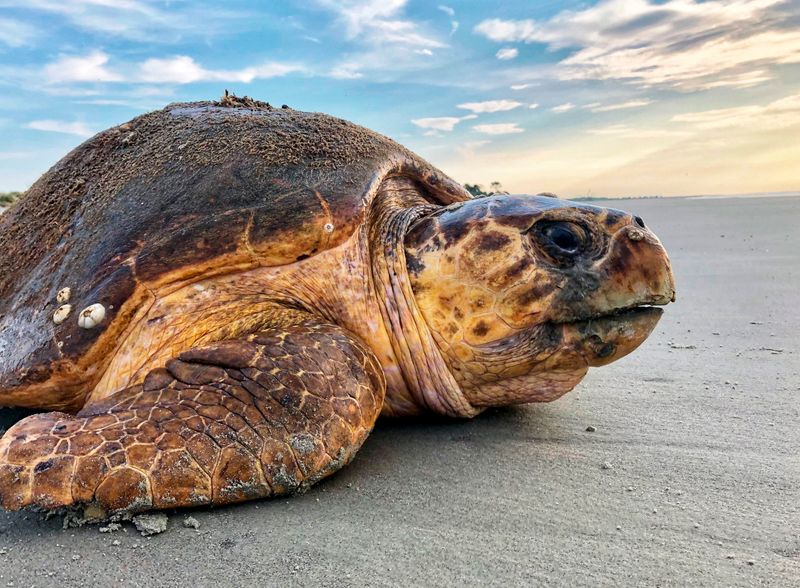
Loggerhead Sea Turtles have nested on South Carolina beaches for millennia, but now face a wall of hotels and condos. Artificial lighting disorients hatchlings, sending them toward roads instead of the ocean.
Beach renourishment projects, though well-intentioned, often compact sand too densely for turtle nesting. Rising seas from climate change further squeeze nesting habitat between ocean and development.
10. Hawaii

Hawaiian Green Sea Turtles (honu) navigate a minefield of threats in paradise. Invasive predators like mongoose and rats feast on eggs, while plastic pollution chokes adults at sea.
Beach erosion from climate change shrinks crucial nesting habitat on the islands. Marine debris entangles swimming turtles, while boat strikes injure many that feed in popular recreational areas.

